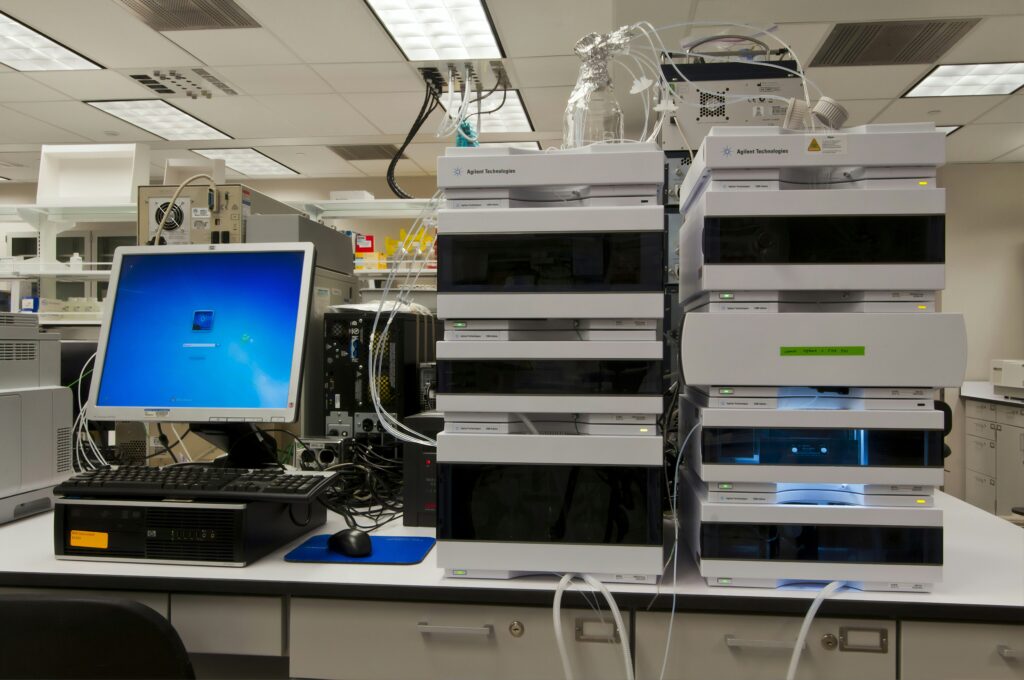
In the near future, the way we pay for goods and services could be revolutionized by a simple gesture. Researchers from the University of British Columbia (UBC) have introduced an innovative method that uses gestures, rather than keypad inputs, to complete transactions. This advancement could eliminate the need to touch a keypad to select a tip or pay for large purchases, potentially transforming the checkout experience with just a swipe, tap, or other quick gesture.
The announcement comes as the world continues to seek hygienic solutions that reduce physical contact in public spaces. The technology leverages near-field communication (NFC), a short-range wireless technology already embedded in smartphones, payment cards, and terminals. According to UBC computer scientists, this innovation could help prevent the spread of germs through touchpads, speed up transactions, and improve accessibility for users unable to press buttons.
Revolutionizing Payment Interactions
Researchers debuted the technology at the User Interface Software and Technology conference, showcasing how contactless interactions could become the norm. “Now, we can provide contactless interactions that didn’t even exist before: make a gesture with your existing card to input a PIN or pick a tip amount,” said Dr. Robert Xiao, the senior author of the study.
Dr. Xiao, alongside doctoral student Bu Li, analyzed raw signals from NFC chips and introduced copper coils to manipulate the generated magnetic field. By examining changes in the field as a card moved through it, they were able to define nine distinct gestures, including swiping up and down, left to right, and double tapping. Using a custom AI model, the team found the reader could distinguish between gestures with about 92 percent accuracy.
“Gesture interaction could also add an extra layer of security,” said Li.
Cost-Effective Innovation
The potential for this technology to be widely adopted is bolstered by its cost-effectiveness. The researchers estimate that upgrades would cost at most $20 per payment terminal. Dr. Xiao noted, “Many pay terminals already have the computing power required and if they don’t, it’s a cheap upgrade.”
This development follows a growing trend towards contactless payments, which have surged in popularity due to their convenience and safety during the COVID-19 pandemic. The team is working with UBC to patent the technology, aiming to bring it to market as soon as possible.
Implications and Future Prospects
The move represents a significant step forward in the evolution of payment technology. By reducing the need for physical contact, gesture-based payments could mitigate the spread of germs and viruses, a concern that has been heightened in recent years. Moreover, the technology’s ability to enhance accessibility for those with physical disabilities is a promising development.
Meanwhile, industry experts are optimistic about the broader implications of this technology. According to sources, the integration of gesture-based interactions could pave the way for further innovations in the realm of contactless technology, potentially influencing sectors beyond retail, such as healthcare and transportation.
By the Numbers: NFC technology has been a cornerstone of contactless payments, with global transactions expected to exceed $1 trillion by 2024, according to market research.
As the team continues to refine the technology and pursue patenting, the prospect of a touch-free future for transactions appears increasingly attainable. The next steps will involve partnerships with payment terminal manufacturers and further testing to ensure the technology’s robustness in real-world scenarios.
In conclusion, gesture-based payments could soon become a staple of modern commerce, offering a seamless, hygienic, and accessible alternative to traditional methods. As this technology progresses, it may not only change how we pay but also how we interact with the world around us.







